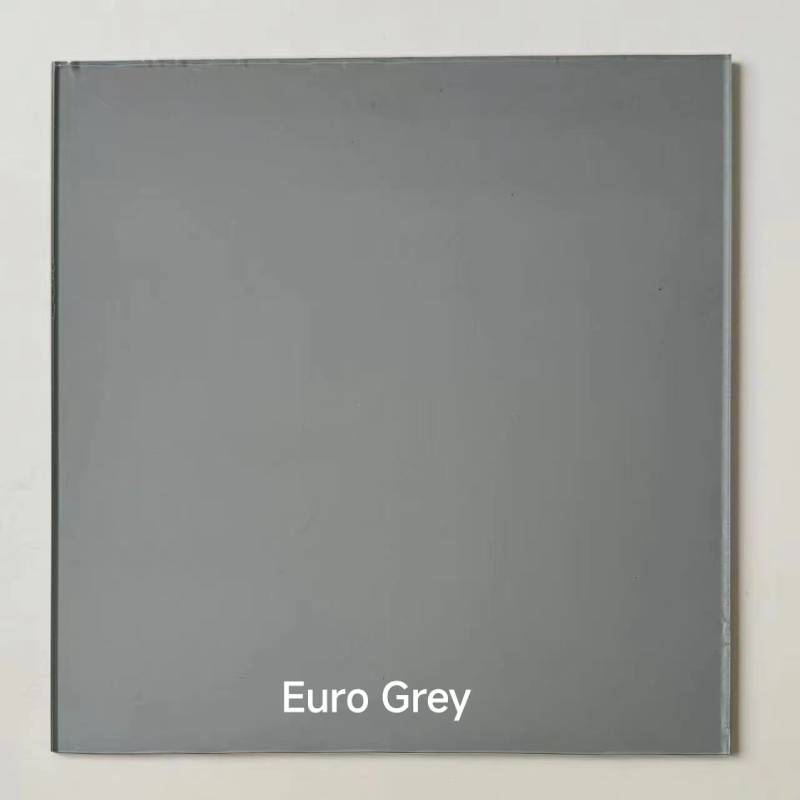

The Significance of Tempered Glass Design in Modern Architecture
Tempered glass, often referred to as toughened glass, has become an integral material in modern architecture due to its enhanced strength and safety features. It is manufactured through a process of extreme heating and rapid cooling, which makes it significantly more durable than standard glass. This unique design process not only improves its structural integrity but also opens up new avenues for innovative architectural designs.
One of the primary benefits of tempered glass is its ability to withstand thermal stress. In modern buildings, large glass facades are prevalent, allowing for stunning views and abundant natural light. However, these glass panels are often subjected to varying temperatures, both externally and internally. Tempered glass can handle significant temperature fluctuations without cracking or breaking, making it ideal for both commercial and residential applications. This quality is particularly valuable in regions with extreme weather conditions.
Safety is another critical aspect of tempered glass design. When shattered, tempered glass breaks into small, blunt pieces rather than sharp shards, reducing the risk of injury. This safety feature is crucial in high-traffic areas, such as office buildings, schools, and hospitals. Architects and builders increasingly specify tempered glass for balconies, staircases, and shower enclosures, where the likelihood of breakage is higher. By prioritizing safety, designers can create more open and airy spaces without compromising on user security.

The aesthetic versatility of tempered glass is also noteworthy. It is available in various thicknesses, finishes, and colors, allowing architects to incorporate it seamlessly into their designs. From sleek and modern facades to intricate decorative elements, tempered glass can enhance the visual appeal of any structure. Moreover, its reflective properties can create stunning visual effects, contributing to the overall architectural statement of a building. The ability to customize tempered glass further enriches its design potential, enabling architects to realize their creative visions.
Energy efficiency is an additional crucial consideration in tempered glass design. With advancements in glazing technologies, tempered glass can now be coated with energy-efficient films that help regulate indoor temperatures. Low-emissivity (Low-E) coatings can reflect heat back into the building during winter and block excessive solar heat during summer, reducing the reliance on heating and cooling systems. This not only lowers energy bills but also contributes to more sustainable building practices.
Finally, the implementation of tempered glass in architecture aligns with contemporary trends toward sustainability and minimalism. As urban spaces evolve, the demand for materials that both reflect modern aesthetics and provide functional benefits has grown. Tempered glass meets these criteria and offers a sustainable solution that promotes lightness and transparency in design.
In conclusion, the importance of tempered glass design in modern architecture cannot be overstated. Its strength, safety, aesthetic versatility, energy efficiency, and alignment with sustainability goals make it a preferred choice for architects and builders. As we continue to innovate in building design, tempered glass will undoubtedly play a pivotal role in shaping the skyline of the future, reflecting both the beauty and functionality required in contemporary architecture.